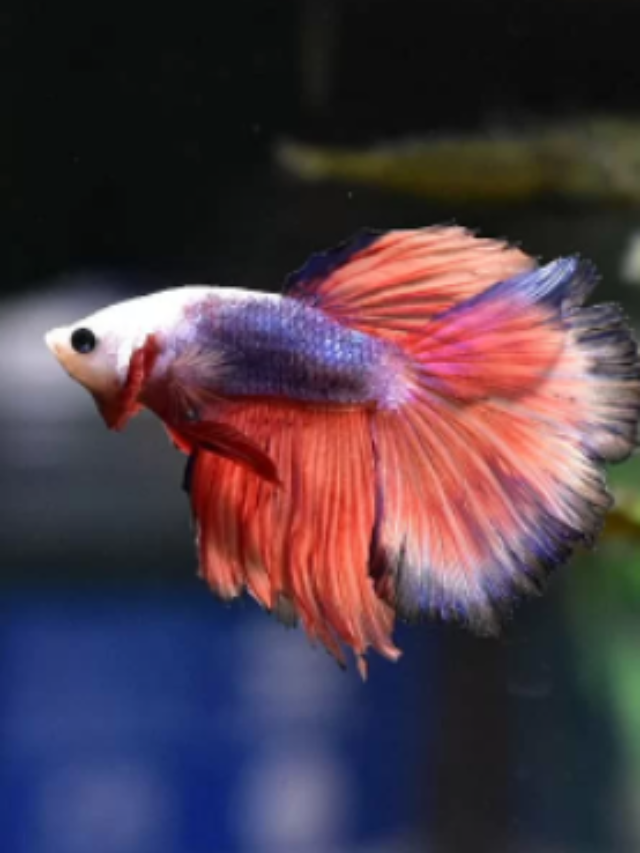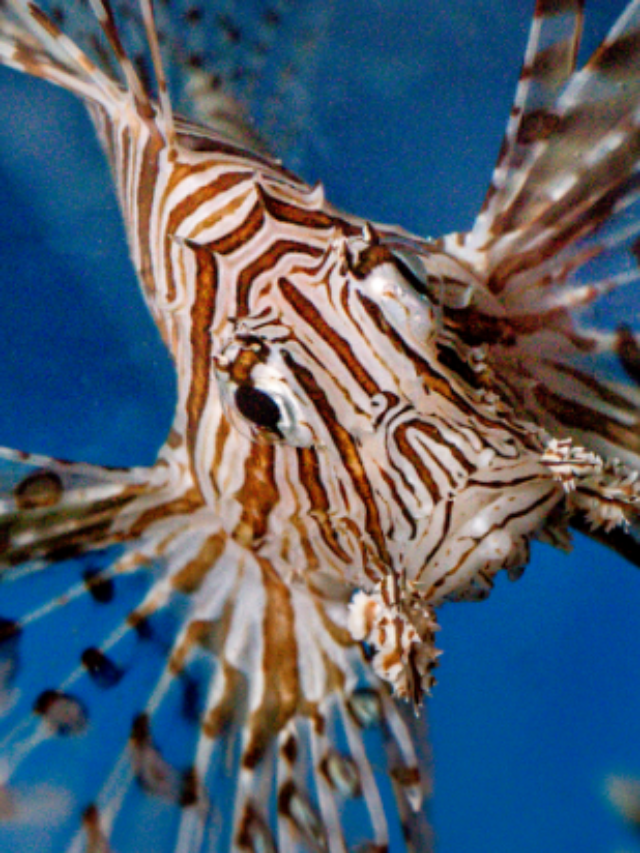Assassin Snail vs Nerite Snail: Everything About Compatibility
Check Our Quick Stories
Among all types of snail, the nerite and assassin snails are the most popular. Lots of aquarists remain confused with aquarium snails due to a lack of information. They may know how to care for snails. But they should know that all types of snails are not compatible with every snail.
Assassin snails are not compatible with nerite snails. Despite the fact that the nerite snail is large, the assassin snail is able to attack nerites in groups. Assassin is omnivorous and it preys small snails generally. But if the aquarium has a deficiency of small snails or food of assassins then the nerite can be attacked.
According to this fact, you can understand that the nerite snails are not compatible with the assassin snail. But you should know the care level of both of these snails. By knowing the care level of each of them you may avoid this conflict.
Is assassin snail compatible with nerite snail?
Lots of experts say that assassin snails are not problematic for the nerite snail. They don’t touch nerite snails as their prey. They keep nerite and assassin snails together in a fish tank. Other experts say that their nerite snails are knocked down by the assassin snail group and they have eaten nerite easily.
By analysing both cases we can say that you should not put a nerite snail alone in a group of assassin snails in a single tank. This may be costly for you to provide nerite as a live food of assassin snails. You must keep enough food for assassin snails. This is a mandatory tank condition if you want to keep both snails in one tank.
But this is recommended to you that you should not keep nerite snail and assassin snail in one tank. You don’t know if a nerite snail is strong or not. If you have a weak nerite snail then assassin snails will definitely knock out by any means. That is why you should keep nerite and assassin snail in a separate fish tank.
One assassin snail can’t attack a nerite snail because the size of a nerite snail is bigger than an assassin snail. One nerite snail can grow up to 1-1.5 inches and one assassin snail grows up to 3/4th of an inch to 1-inch maximum.
Despite its slow growth rate, you can’t control their birth process because assassin snails buried themselves into the sandy substrate. So this is tough to know its actual number in the aquarium.
Read more:- Does Hillstream Loach Eat Shrimp? A Compatibility Test
Brief care guide of assassin snail
Assassin snail is a herbivore species. So this snail can’t help you to get rid of the algae problem. This snail helps you to control unwanted small snails in the aquarium. This snail helps to control pests also.
This snail is generally a maximum of ¾ of an inch long. The color of this species is brown with yellow stripes. To keep only this snail in the aquarium a minimum of 10-gallon of the fish tank is required.
This is a slow snail species. So you can’t expect any type of activity inside the aquarium from this species. You may not find these snails in the daytime. This comes out to prey at night. Generally, fishes do not bother about this snail much but as this is a small and slow-moving species so big sized omnivorous or carnivorous fishes can eat this also. If you have cichlids in your tank then you should not keep this snail in that tank. Cichlids are generally active and aggressive fish species so they can eat snails as live food.
Read more:- Are snails compatible with cichlids? Comparison with each cichlid
To keep this snail you need a temperature range between 21°C to 26°C. This snail needs alkaline water. The pH level of water should be 7.0-8.0. A well-maintained tank and right filter are required to keep this snail healthy. Low temperature or fluctuations of temperature will keep these snails weak.
You should keep 2 assassin snails in every 5-gallon of water. But if you have a 20-gallon tank then you should keep not more than 6 assassin snails in that aquarium.
To keep this snail’s shell strong and healthy you have to provide live foods. Bloodworms and brine shrimp are two suitable options for you to feed them. Other small snails and pests are the other food options for this assassin snail. Calcium is most required to keep them healthy. Calcium helps to keep their shell strong.
As some tank companions of assassin snail, you can keep neon tetra, guppy, barbs, and small peaceful fishes with the assassin snail. You should know that these snails are bottom dwellers and it loves to bury themselves in sandy substrate. So, big aggressive bottom-dweller fish should not be an option for its suitable tank mate. Bristlenose pleco is a herbivore species so you may keep this fish with it.
Brief care guide of nerite snail
If you want to save your fish tank from algal bloom then keeping nerite snail is one of the best solutions for a fish tank. This is a herbivore species and can clean all of your aquarium gradually.
To take care of this snail you must provide a minimum of a 5-gallon fish tank. This is recommended only if you want to keep a nerite snail. This is very peaceful and easy to take care of. This snail is suitable for a community fish tank.
This snail is not a good pest controller on a fish tank so you can’t get a good result from it.
This has four sensitive tentacles You must give it a sandy soft substrate that is required to care for this snail’s tentacles.
This snail has a strong shell that is made with calcium. So calcium is required in its daily diet. Algae wafers are one of the best foods for nerite snails. But if you don’t want to invest then you can provide homemade food also. Lettuce, spinach, and other green minced vegetables are suitable food for nerite snails.
You must keep one nerite snail in a 5-gallon fish tank. You must keep this ratio. But you can extend up to 6 numbers of nerite snail per 20-gallon of the fish tank. Make sure you don’t keep more than that because excess numbers of nerite can’t get enough food to eat from a tank.
Any type of metal, especially copper, is harmful and poisonous to any type of snail. Nerite is not an exception to it. So make sure that your tank doesn’t have any small percentage of any metal. Otherwise, nerite snails may get Oedema disease.
This snail prefers alkaline water. The pH level should be between 8.1-8.4. The temperature should vary between 23°C and 27°C.
As this snail likes alkaline water so lots of aquarists think that this is suitable to keep with cichlids. But actually, this is not. Big-sized cichlids like jaguar, oscar, firemouth etc. may eat this snail easily but not intentionally. You should avoid keeping this snail in a very active and big fish tank. This becomes prey easily to any omnivores or carnivores in the aquarium.
Read more:- Snails Appeared in Aquariums? 7 Effective Ways to Get Rid of It
Conclusion
From this long discussion about assassin snail and nerite snail, we can understand that assassin snail is a carnivore and nerite snail is a herbivore. Assassin snail is suitable to control pests and other small-sized snails and nerite snail is suitable to control algal bloom in the aquarium. Assassin snail is comparatively smaller than nerite snail. Assassin snails are not suitable to keep with nerite snails. A group of assassin snails may knock down a nerite snail easily. So be careful before choosing a snail species for your fish tank.
So best of luck & happy fishkeeping🐟






